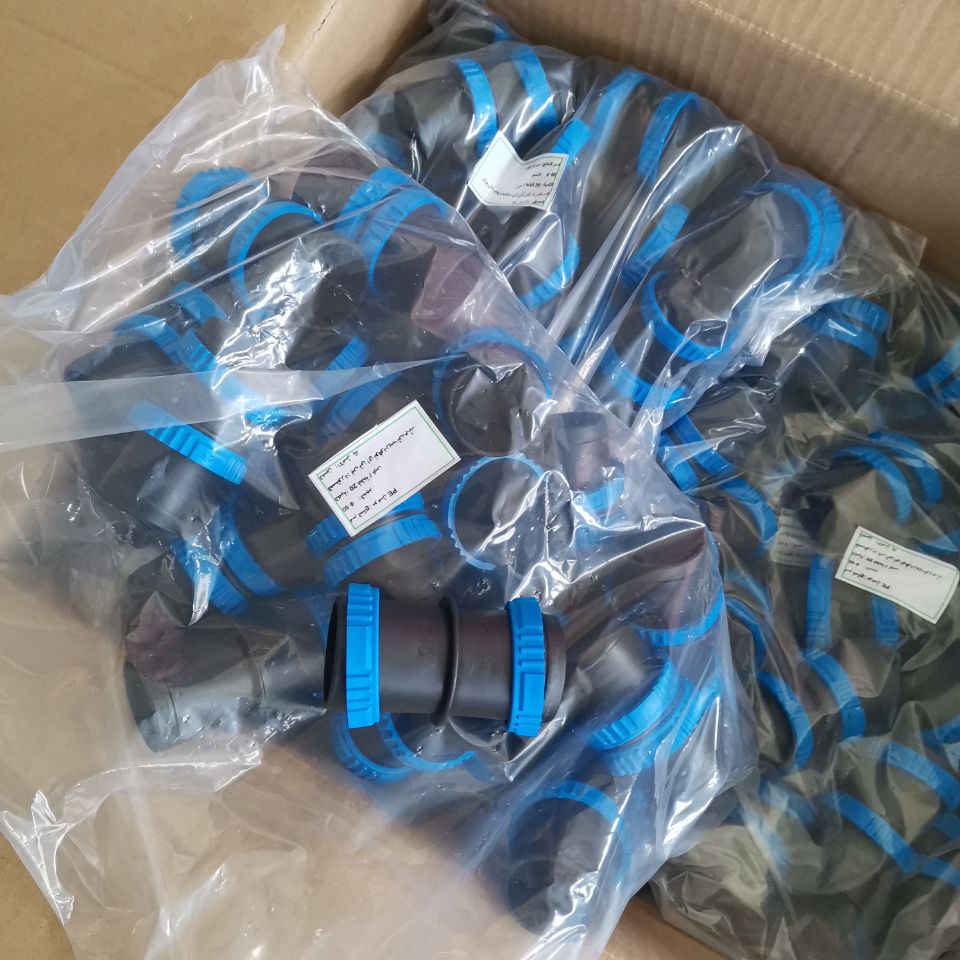Valves play a crucial role in controlling water flow and pressure in an irrigation system. They are responsible for regulating the flow of water, starting or stopping the water supply, and managing the pressure within the system.
Here’s how valves handle water flow and pressure:
Flow Control: Valves are used to control the volume of water flowing through the irrigation system. By opening or closing the valve, the flow of water can be adjusted or completely shut off. This allows for precise control over the amount of water reaching the plants.
On/Off Function: Valves act as a switch to start or stop the flow of water in the irrigation system. When the valve is opened, water is allowed to pass through the system and reach the desired areas. Conversely, closing the valve stops the flow, preventing water from moving through the system.
Pressure Regulation: Valves can be used to regulate the pressure within the irrigation system. Pressure-regulating valves, also known as pressure reducers or pressure regulators, are specifically designed to maintain a consistent and controlled pressure downstream of the valve. They help prevent excessive pressure that could damage the system or cause uneven water distribution.
Zone Control: In larger irrigation systems, valves are often used to divide the system into different zones. Each zone can be controlled independently with its own valve. This allows for separate management of water flow, pressure, and irrigation schedules for different areas or groups of plants.
Automated Control: Valves can be manually operated, but in many modern irrigation systems, they are automated using electronic controllers or timers. These controllers allow for scheduled activation and deactivation of valves, enabling efficient and precise irrigation management without constant manual intervention.
Backflow Prevention: Valves can incorporate backflow prevention devices to protect the water supply from contamination. These devices prevent water from flowing back into the main water source, safeguarding against the risk of contamination from irrigation water or other sources.
Maintenance and Repair: Valves require regular maintenance to ensure proper functioning. This may involve inspecting valves for leaks, cleaning or replacing valve components, and addressing any issues that may affect their performance. Timely maintenance helps maintain optimal water flow and pressure control.
By effectively managing water flow and pressure, valves in an irrigation system provide the necessary control to ensure efficient and precise water distribution to plants, promote water conservation, and optimize the overall performance of the irrigation system.
Are there specific maintenance requirements or best practices for ensuring the valve’s longevity and performance?
Yes, there are specific maintenance requirements and best practices to ensure the longevity and performance of valves in an irrigation system. Here are some key considerations:
Regular Inspection: Conduct routine inspections of the valves to check for any signs of wear, damage, or leaks. Inspect the valve body, seals, gaskets, and moving parts. Fitting Lock ring offtake valve 40 mm Look for cracks, corrosion, or any other visible issues that may affect the valve’s performance.
Lubrication: Lubricate the moving parts of the valve as recommended by the manufacturer. This helps ensure smooth operation and reduces friction, which can lead to wear and tear. Use appropriate lubricants specified for the valve type and follow the manufacturer’s guidelines for application.
Cleaning: Keep the valves clean and free from debris. Regularly remove any dirt, sediment, or debris that may accumulate on the valve body or in the valve mechanism. Use clean water and mild detergent if necessary. Avoid using harsh chemicals that could damage the valve components.
Valve Seals and Gaskets: Check the condition of the valve seals and gaskets. These components play a crucial role in preventing leaks and maintaining the valve’s performance. Replace any worn-out or damaged seals and gaskets to ensure proper sealing.
Pressure Testing: Periodically test the valve’s pressure rating to ensure it is operating within the recommended range. Excessive pressure can cause valve failure or lead to leaks. Use a pressure gauge or consult a professional to perform the pressure testing.
Backflow Prevention: If the valve incorporates a backflow prevention device, ensure that it is functioning properly. Test the backflow preventer periodically to verify that it is effectively preventing water from flowing back into the main water supply.
Winterization: In regions with freezing temperatures, it’s important to winterize the irrigation system, including the valves. Drain the water from the system and protect the valves from freezing by insulating or using valve covers. Follow the manufacturer’s guidelines for proper winterization procedures.
Timely Repair: If any issues are identified during inspections or regular maintenance, address them promptly. Replace damaged or malfunctioning valves or valve components to prevent further problems and maintain the overall performance of the irrigation system.
Follow Manufacturer’s Guidelines: Always refer to the manufacturer’s maintenance guidelines and recommendations specific to the valves in your irrigation system. Different valve types and models may have unique maintenance requirements.
By following these maintenance practices and adhering to the manufacturer’s guidelines, you can ensure the longevity and optimal performance of the valves in your irrigation system. Regular maintenance helps prevent issues, minimize downtime, and maximize the efficiency of water flow and pressure control.
